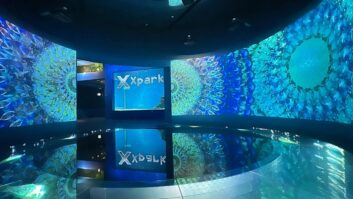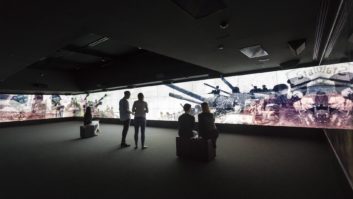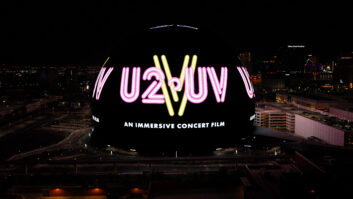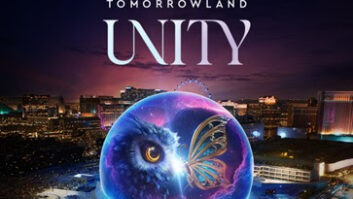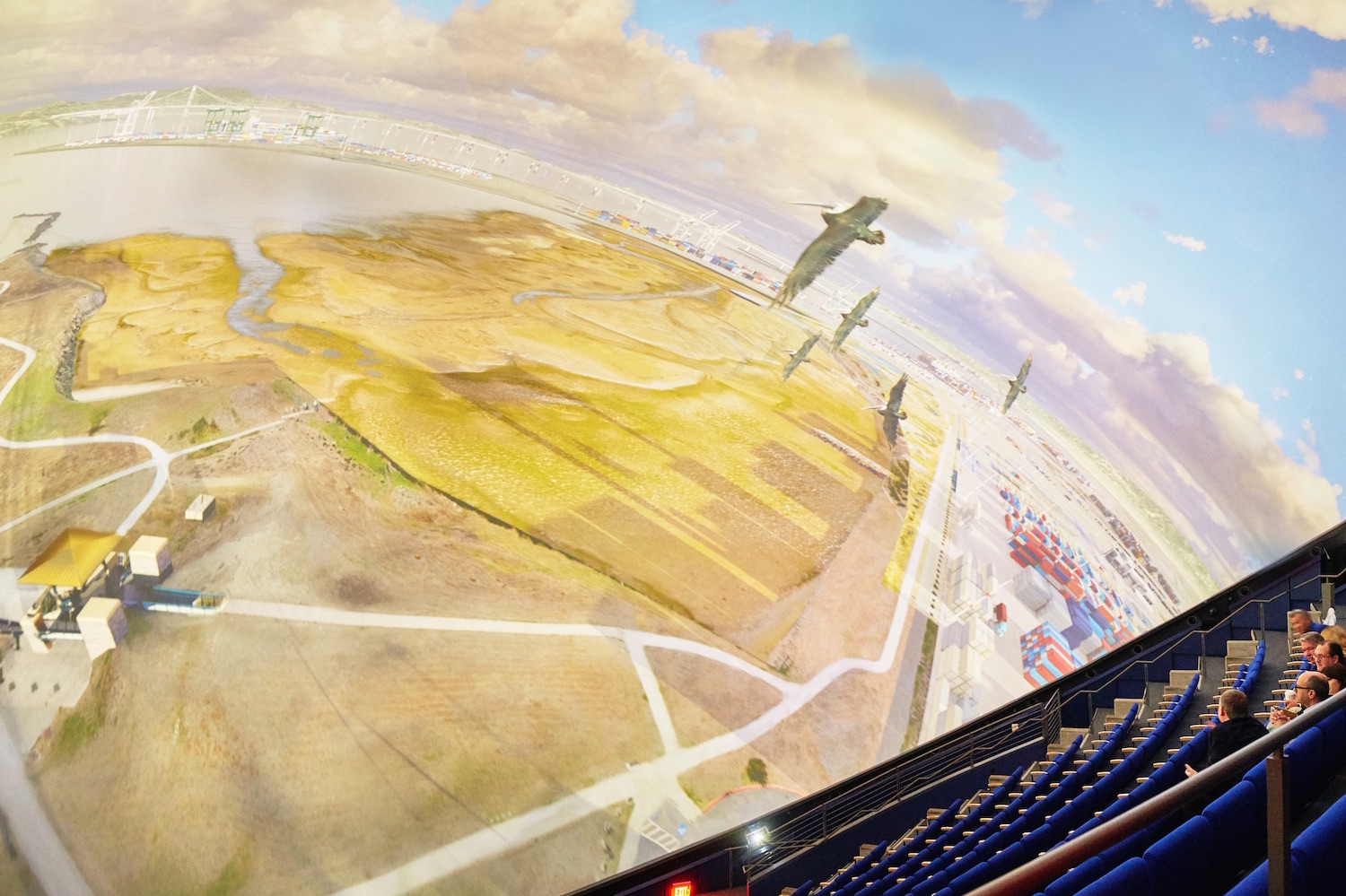
Paddy Baker visits a stunning example of projection and show control technology – in the Morrison Planetarium at the California Academy of Sciences in San Francisco.
Founded in 1853, the California Academy of Sciences is one of the world’s largest natural history museums. It also carries out a considerable amount of original research, via the prestigious Institute for Biodiversity Science and Sustainability.
The Academy is located in San Francisco’s Golden Gate Park. Following earthquake damage to many of its buildings in 1989, it was eventually decided to rebuild most of the facility. Celebrated architect Renzo Piano was commissioned, and construction began in 2005.
Dating originally from 1952, the Morrison Planetarium was completely rebuilt in 2007. In recent years, it became apparent that much of the AV technology was in need of an update. With the venue getting almost daily use, management at the Academy were keen for the refit not to interrupt the planned programme of events. In March 2016, consultant Blair Parkin worked out that the only available window of opportunity was in September and October of that year – otherwise it would be necessary to wait another two years.
At 6m [viewing distance] your eyes collimate, so you feel like you’re looking at the horizon rather than focusing on a TV screen. That’s why it’s more immersive than looking at a flatpanel display
Blair Parkin, TEECOM
The 300-seat Morrison is built at a 30º angle, unlike traditional planetariums, which are designed to simulate what you see when you look up at the night sky. Blair Parkin, a principal at the consultancy TEECOM, explains: “The tilt is to give the people making the content the ability to take you on a journey. The auditorium is unidirectional – everyone is broadly facing the same direction.” The seat rows are curved so that everyone’s viewing distance to the screen is more than 6m, he adds: “At 6m your eyes collimate, so you feel like you’re looking at the horizon rather than focusing on a TV screen. That’s why it’s more immersive than looking at a flatpanel display – you’re drawn into this virtual world.”
Range of demands
And yes, it does feel immersive, so much so that it almost seems like 3D, although it isn’t. My visit takes in two shows: Incoming!, which looks at asteroids and comets, and Habitat Earth, which is about the diversity of lifeforms supported by the planet. Between them, these two shows highlight the range of demands on the projection system: depicting space requires strong black levels and high contrast to pick out the stars, while showing the wide variety of life on Earth demands colours and textures.
Parkin joined TEECOM last year, but was involved with the 2007 project at his previous company. The AV for ‘Morrison 2.1’, as the project was known, was designed and installed by integrator Mechdyne. The hemispherical surface of the dome is covered by the warped and edge-blended output of six Sony 4K projectors – five around the circumference of the dome and one covering the zenith. Prepared show content comes from a single 7thSense Design media server. Each projector is served by a Mechdyne Dome Display Manager (DDM) system. (A seventh is provided as a spare.) Kurt Hoffmeister, technologist and co-founder of Mechdyne, explains: “It takes care of the input from multiple sources and switching or fading between them, and it’s also where the warp and blend is done before the image is sent to the projector. There are six of those boxes, synchronised together, one for each projector driving the display.”
A DDM is fundamentally a customised high-end PC, supporting up to six DisplayPort 1.2 inputs – each of which can capture uncompressed 4:4:4 video at up to 4K60 resolution – and four DisplayPort 1.2 outputs.
Live element
An additional dimension comes because the Academy makes a point of including a live element within each show, highlighting an area of current research activity. “Every show has its own presentation that is based on the latest data that we have available to us,” says Michael Garza, senior planetarium & production engineering manager.
“We wanted the ability to cross-fade from one source to the next as part of the storytelling,” says Hoffmeister. Unable to source any commercially available products that could cross-fade between two sources running 4K60 video, Mechdyne instead engineered its own solution. It took the Mechdyne Canvas software, which is used for putting multiple windows on one display – and adapted it for use within the DDM units, giving each unit the ability to display and cross-fade between any of its six inputs and its four outputs.
Rather than warping and blending the individual sources, this functionality is centralised within each DDM, using an automated warping and blending solution from Scalable Display Technologies.
Rob Rouland, sales manager at Mechdyne, explains: “This system gives the Academy a lot of flexibility, which is critical for them because they wanted it to have a lifespan of 10 years.”
Hoffmeister continues: “Right now it’s accommodating four inputs [of six 4K channels], though it could accommodate up to six. Those four are split into public, production and development – so there’s a media server and a real-time computer cluster that’s used for the daily shows and live presentations, and the same thing with another media server and cluster being used as they develop new content. All of those can be switched back and forth.”
The real-time computer clusters, which run Uniview, a specialist planetarium astronomy visualisation package from SCISS, are a legacy of the 2007 system. Mechdyne worked with the CAS technical team, led by Michael Garza, to integrate the Uniview cluster as a media input to the DDMs.
Another legacy is the audio system: a 13.1 Meyer Sound system, which the manufacturer helped to design 10 years ago. The speakers are installed behind the projection screen, which is perforated. Parkin comments: “Dean Do [director of AV and electronics engineering] had the foresight to insist that additional spare loudspeakers were installed in the zenith; they’re not in use but can be switched over if ever a loudspeaker up there fails – because of the miserable task of trying to climb up there and change one. You’d be climbing on the outside of a sphere, inside a second, off-centre sphere – a very narrow, dark space.”
He adds: “I think it’s the best sound system in a planetarium anywhere in the world, but I’m biased!”
Mechdyne integrated the audio system into the Medialon show control system, which also controls all other AV components, the show media sources and the house lighting. Medialon sits on a control PC along with Mechdyne ClusterTools and the Scalable Display Manager software.
Selecting quiet projectors was important for this project, says Parkin, not least because of the dome’s properties for focusing sound – which is one reason why they are installed just below the circumference of the dome. “The Sony projectors we chose were among the quietest we looked at, although I don’t think the Sony people knew that. But some of the projectors that were being marketed as appropriate for planetariums, we couldn’t believe how much noise they made.”
Read more about the technologies in some of the other spaces at California Academy of Sciences

